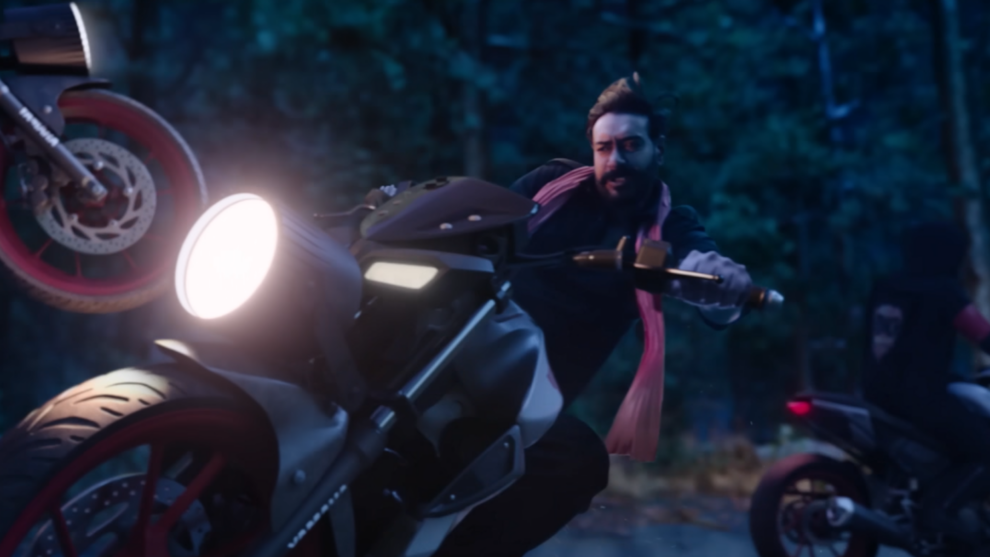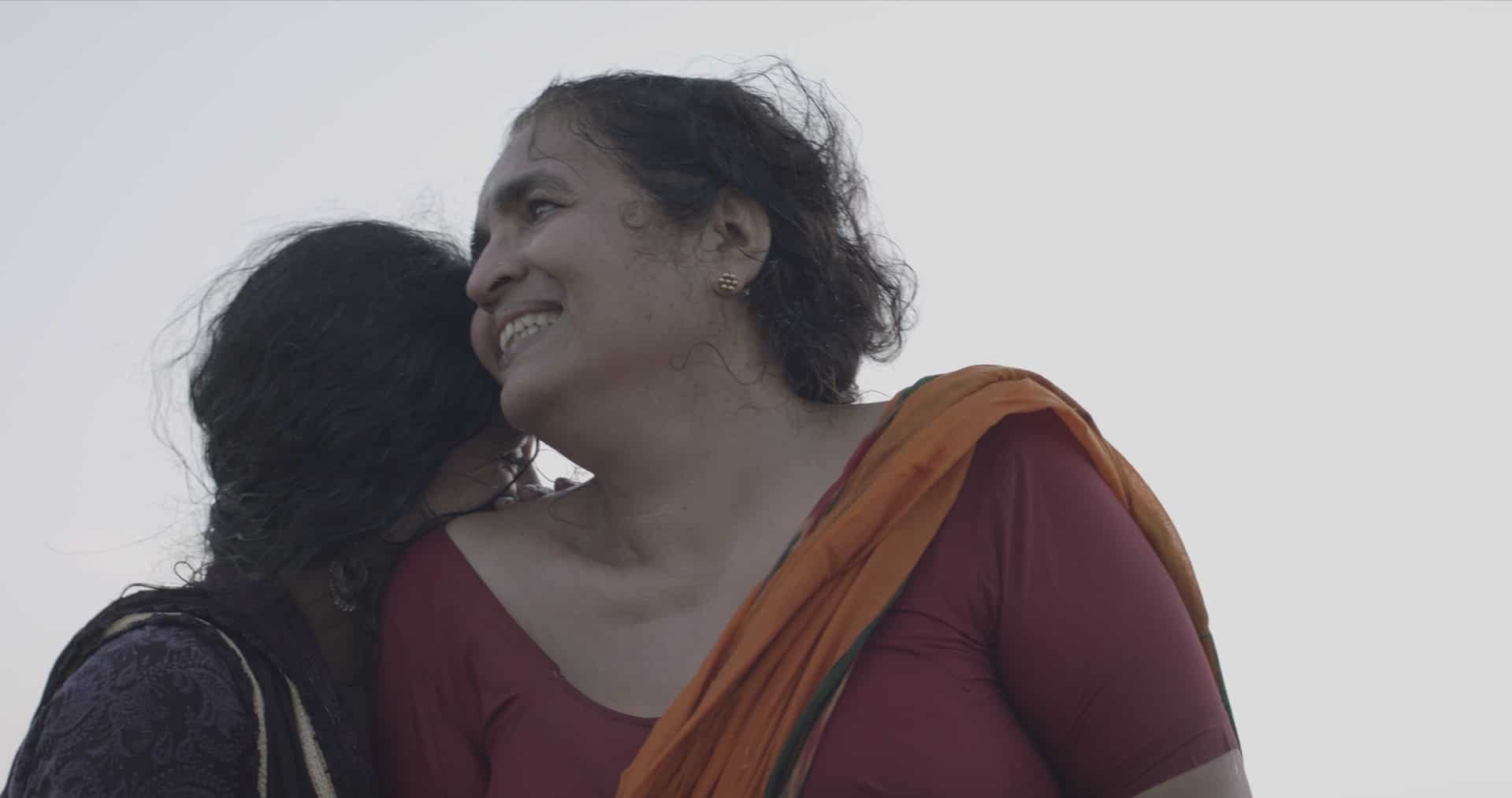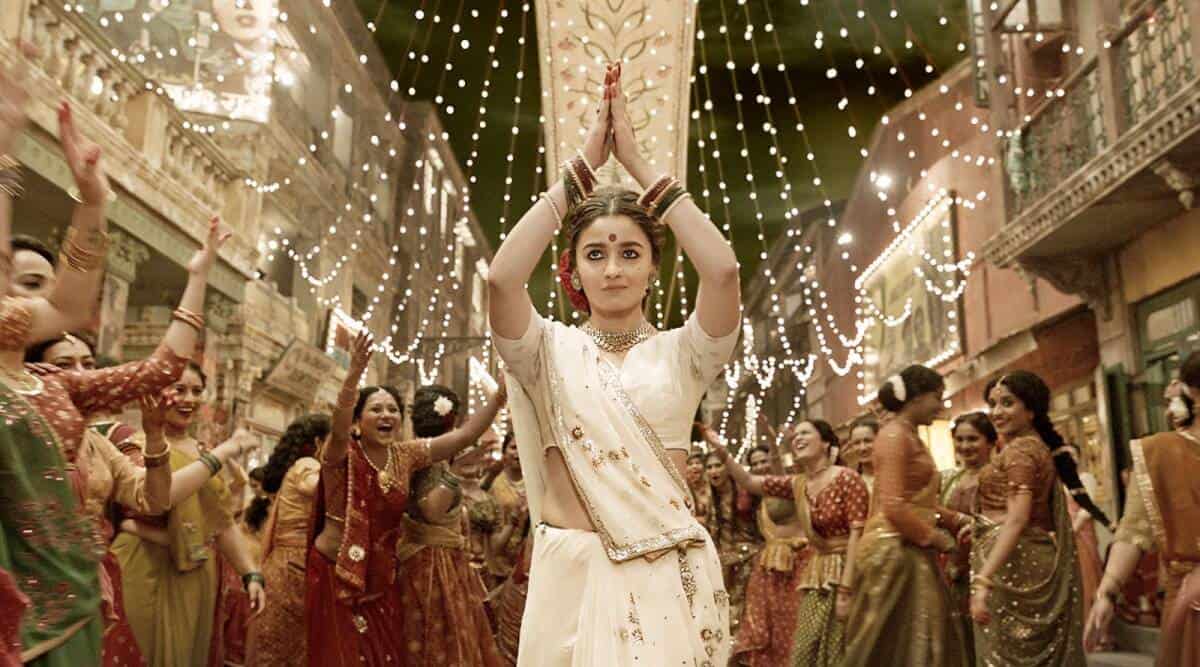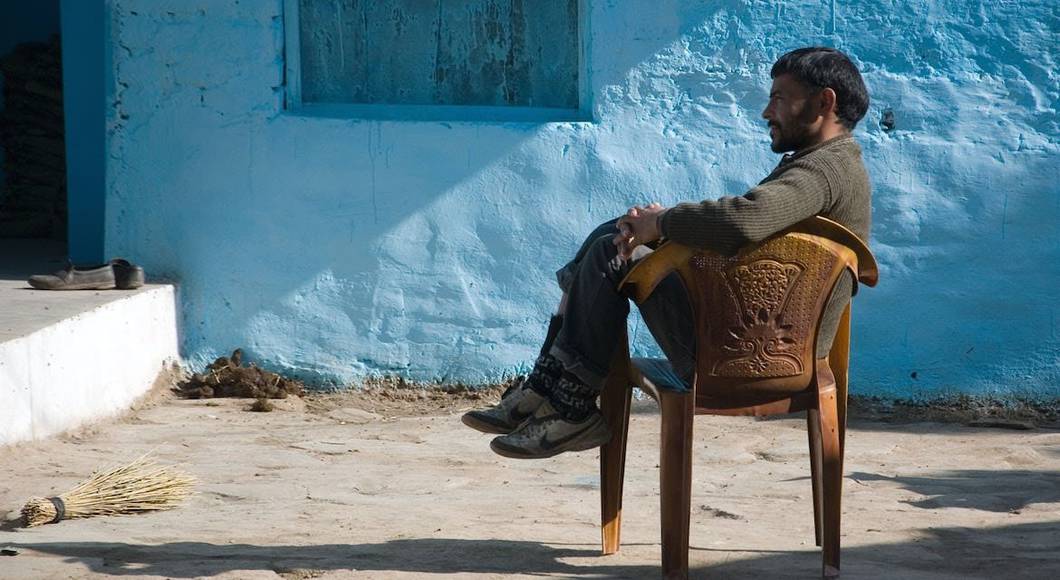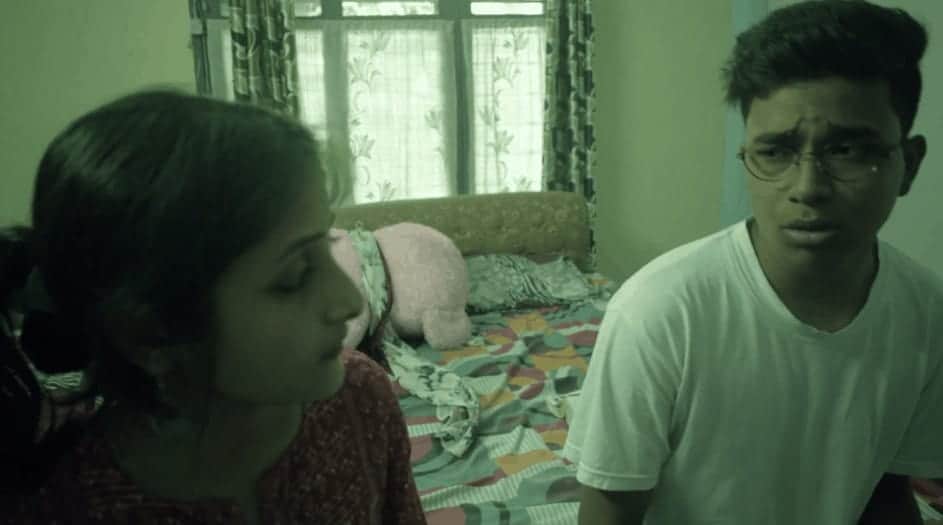Remakes are a tricky thing to get right. You can wait fifty years or five minutes before adapting someone else's work in the current cinematic climate, and Bollywood wasted no time in bringing Lokesh Kanagaraj's Tamil-language 2019 hit “Kaithi” back to life. The tale of an ex-convict father being thwarted on a mission to visit his daughter has been resurrected by Ajay Devgn, utilising the same plot as both a star vehicle for himself and a chance to flex his growing directorial muscles. And it is a muscular concept to work with; the backbone of both “Kaithi” and “Bholaa” recalls Henri-Georges Clouzot's “The Wages of Fear”, “Con Air” AND “Assault on Precinct 13”, all action classics ripe for exploration and experimentation, especially when mixed up with one another. But like the narrative driving force of the Clouzot picture, Devgn has to be careful driving this twisty, treacherous road with a heavy load of references and characters to balance alongside bringing something fresh to the table that the 2019 version didn't. Is he successful? Not entirely.
Although the primary story is of a father's journey to meet his daughter for the first time, there is a lot of baggage attached to a relatively simple concept. The action begins with an intense firefight between a truck and a fleet of cop cars on a desert highway that results in nearly 1,000 crore worth of cocaine being seized. Tabu's high-flying police officer Diana Joseph takes the glory for the bust, and has a cunning plan to keep the drugs stored underneath a cavernous British Empire era jail. But when a retirement party sees almost all of the squad assembled eighty kilometers away, blinged-up emo drug lord Ashu (a transformative Deepak Dobriyal) sees the opportunity to strike and claim back his loot. Assembling a small army of criminals and knocking out the squad with rohypnol, a bunch of drunk students and an ageing desk sergeant are the only ones around to guard the coke. Enter Bholaa, Ajay Devgn's fresh-from-prison hardman with a terrifying cosmic energy around him, who is the only man with the license to drive the truck containing the unconscious police squad to safety. Cue a host of killers and other assorted villains in pursuit of Bholaa and his precious cargo, who very quickly discover they've messed with the wrong truck driver.
That sounds like a whole lot of plot, doesn't it? Turns out, parallel action is an even trickier thing to get right than remaking a beloved movie. Whether a film is asking you to track multiple characters or multiple plotlines across a set-piece, a level of coherency and momentum has to be maintained for the spectacle to pack a punch. “Bholaa” offers an interesting solution to that immense challenge: by pausing one thread to go and watch the other. The experience of watching “Bholaa” isn't unlike watching a siege movie for 15 minutes, then watching a car chase movie for 15 minutes, and vice versa for two and a half hours. Each of those action sub-genres give very different experiences, each requiring their own measure of spatial coherency to actually work. For a siege film, you have to build and build the claustrophobia and structural intrigue of your setting, as you only have a finite amount of space to work with and a frightening number of points for the enemy to infiltrate. For a car chase film, the momentum needs to be maintained, and the vulnerability of the protagonist's safe haven on wheels needs to feel palpable as it goes from one exciting setting to the next. “Bholaa” fails on both points by trying to align the two with a heightened inconsistent tone of gravity-defying set-pieces, sticky sentimentality and unfortunately unfunny comedy.
There are occasional flashes of eccentricity here that work. The obligatory music video segment is a spark of nasty energy that sees a debauched dance in a drug den turn into a choreographed murder, and it's tough not to raise a smile when Devgn slaps a flying motorcycle out of the way with a single motion. There's just no grit here, as the main adaptations Devgn and co. have made to Kanagaraj's original is just to make it more ridiculous. “Kaithi” is a pulse-pounding action thriller in its own right, still perhaps overambitious in its melding of sub-genres, but it is grounded in a sense of realism and pathos that gives its more ridiculous moments some weight. It's also bolstered by a soulful performance by Tamil actor Karthi, who gives its central hero (Dilli) a sensitivity and vulnerability that Devgn doesn't achieve. Dilli's backstory is one of tragedy on the streets, a cruel urban nightmare that resulted in him losing everything he ever loved. Bholaa's has the same outcome, except instead of his loss being the result of the arbitrary dog-eat-dog world of the most unfortunate in Indian society, he loses everything to a vengeful pirate cyborg. Devgn frequently opts for comic-book logic over humanity, recasting Dilli's quiet piety in “Kaithi” with Bholaa's transformation into a living avatar of Shiva. While Dilli fights with his fists in a quarry-set skirmish, Bholaa starts a battleground at a Hindu temple and lays waste to countless enemies with a trishula (an Indian trident) in spectacular slow-motion. It's Devgn's misguided attempts at spectacle that rob the material of its emotion, swapping a big heart for oversized muscles and leaving the story cold and uninvolving as a result.
Devgn as a leading man also fares worse than Karthi. Despite being the exact same height in real life as his forebear, Devgn is statuesque here, a towering force of holy justice in a world populated by sinners and heathens. His fervent belief in the teachings of the Bhagavad Gita gives him the superhuman strength he needs to right the wrongs of corruption inside and out of the police department, so much so that nothing and no one feels like a genuine threat to him on his mission to protect the unconscious cops or meet his daughter. At 144 minutes (not including its intermission), his journey is a monotonous experience, mistaking huge action beats for peril and suspense. Its pleasures extend to a handful of standout performances and wacky characters; Deepak Dobriyal has tremendous fun as the lead antagonist (complete with a 24 carat gold coke nail) and Vineet Kumar gets to literally chew scenery as a wildman cannibal behind bars. Yet these are the only changes Devgn seems interested in making, ostensibly keeping the same structure as “Kaithi” and losing its soul by turning it into a ludicrous string of set-pieces with no grasp on the real strength of the story. “Kaithi” was never about an unstoppable hero sent by the gods themselves; it was about a flawed, strong man trying to escape his past by making a brighter future for his daughter.
While there's nothing inherently wrong with re-adapting material so soon after its creation, “Bholaa” is an unfortunate example of a cash-grab riding on the coat tails of stronger work. “Kaithi” was modestly budgeted at 25 crore, earning 105 crore back: a very strong profit. “Bholaa” opted for spending four times the amount, costing 100 crore, and while it is still in theatres at the time of writing, it's difficult to see Devgn reaching the proportional success that Kanagaraj found by keeping things simple and emotional. Maybe it will prove to be a healthy lesson against the bland trend-following tactics that so much high-budget cinema seems to be opting for in the current climate, with “Bholaa” being substantial evidence that bigger is not always better.


